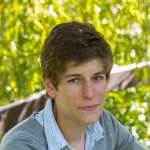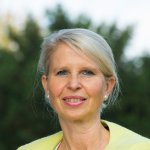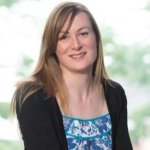

People
Collectively, the School of Biosciences is home to around 200 staff, including close to 100 lecturers, senior lecturers, readers and professors, along with a number of teaching and senior teaching fellows.
We also have a technical team who underpin the research laboratory environment and teaching activity of the School, and a number of administrative staff.
Senior school staff
Head of School

Professor Christine Rollier
Professor of Vaccinology, Interim Head of School of Biosciences
Associate Heads

Dr Sarah Trinder
Associate Head of Education

Professor Derk-Jan Dijk
Associate Head of Research
Discipline Heads

Professor Susan Lanham-New
Head of Discipline of Nutrition, Exercise, Chronobiology and Sleep

Professor Rachel Simmonds
Head of Discipline of Microbes, Infection and Immunity

Professor Christian Heiss
Head of Discipline of Clinical Sciences